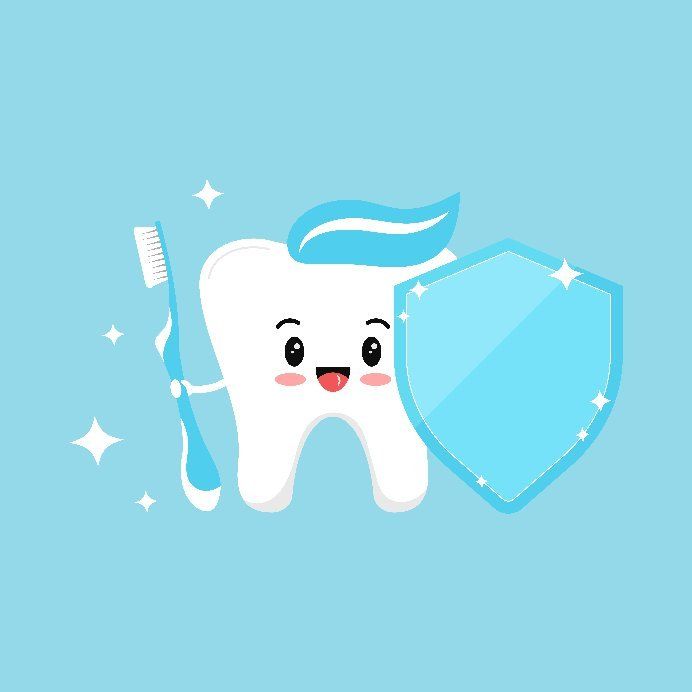Sedation Dentistry – Everything About Inhalosedation
- By Mary Marks
- •
- 13 Sep, 2022
- •

Unfortunately, fear of the dentist is something often ingrained in the minds of children and adults alike. And that is why a Denver sedation dentist can be of great help. He/she may provide you with the best advice concerning the exact type of sedation that you should use in order to enjoy a painless, stress-free dental experience.
Although many people are afraid of the harmful effects of nitrous oxide, it is, in fact, entirely safe. If it has any potential side effects, they usually disappear soon after the sedation mask is removed.
Mostly anyone can benefit from inhalosedation, including toddlers who are older than one year. For children, treatments can last from 30 minutes to 3 hours. For adults, treatments can last even longer, for about 5 hours, without any kind of side effects.
In addition to the inhalosedation procedure, there are also therapists, nurses and skilled personnel, in general, to help children and adults feel more at east while being in the dentist’s office. This type of sedation ensures the fact that the induction time is fast. Also, returning to the initial state happens quite easily. Because of all these, inhalosedation enables children to better cooperate, not to feel pain so acutely and to relax during any kind of dental operation.





Although oral sedation dentistry Highlands Ranch is one of the optionsavailable for managing anxiety and discomfort during oral surgery, you certainly do not need to use it all the time. As a matter of fact, the exact type of sedation or anesthesia that you receive during oral procedures may depend on various factors, such as the complexity of the procedure, your medical problems, as well as your doctor’s preferences.
There can be several different levels of sedation that can be used in oral surgery. Local anesthesia is one of them. This involves injecting anesthetic medication into the specific area where the surgery will take place. It numbs the area and is often used for less invasive procedures.
Oral sedation involves taking medication in the form of a pill to induce a state of relaxation and drowsiness. The patient is still conscious, but he/she may not be fully aware of the procedure. At any rate, sedation helps him/her get rid of anxiety.
In the case of intravenous sedation, medication is administered through a vein, which induces a deeper state of sedation than oral sedation. Patients may still be conscious, but they are less aware of their surroundings and may not remember the procedure.





